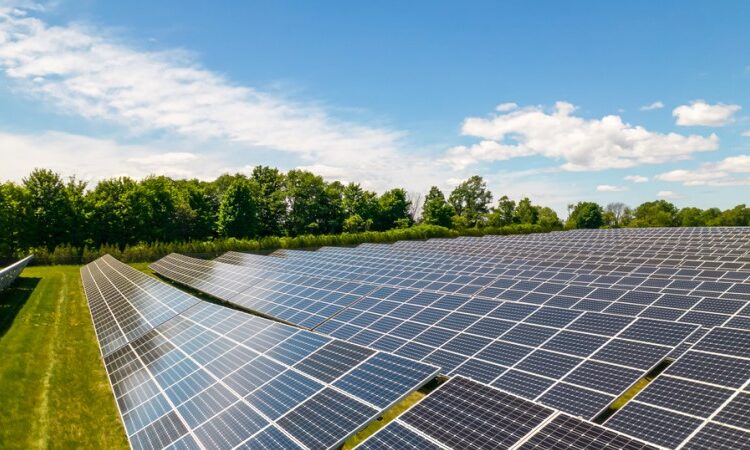
The European Commission has mandated that all renewable electricity claims by energy suppliers are verified by certificates called ‘guarantees of origin’. While this supposed transparency has sparked optimism, the reality of the new system remains cryptic – and greenwashing is still possible.
Guarantees of origin (GOOs) are electronic certificates produced when renewable electricity is generated. The number of certificates is equal to the number of MWh (megawatt hours) of hydro/wind/solar electricity produced by a given supplier. Each day in the European Union (EU), around 263,000 MWh of renewable electricity is generated, accompanied by 263,000 GOOs. These certificates are distributed across the producers of electricity accordingly.
When renewable electricity is sold to energy suppliers (such as EDF), the renewable attributes are not sold with the electricity itself. That’s what the certificates are for. They retain the value of the renewable attributes associated with renewably sourced electricity. As far as the public is concerned, an energy supplier that buys all its energy from a wind farm has not actually purchased renewable electricity, unless the GOOs were also bought from the farm.
The same is true for non-renewable electricity. An energy supplier that purchases all its electricity from a gas-fired power plant can still be renewable if it purchases enough GOOs in the open market (known as the ‘unbundled’ market), where GOOs are sold separately to the associated electricity.
So, what does this mean? While the purpose of GOOs may have been set out to increase source transparency in the electricity industry, and to send market signals about demand for renewables, the existence of GOOs may enable questionable behaviour by energy firms.
For GOOs to provide market signals that encourage investment in renewables, GOOs should also have significant monetary value. In reality, prices fluctuate significantly, and prices are low relative to electricity. The average price of a GOO in 2023 is just €6 compared with around €230 per MWh for electricity.
While the certificates provide an additional revenue stream to the energy producers, this increased profit for renewable producers is hardly sufficient to encourage a significant ramp up in investment in renewable energy production.
The renewables industry is extremely saturated, leaving profit margins low. While the production of gas-fired electricity is more expensive, a less competitive market means higher profit margins for firms using fossil fuels.
The reason for this lies in the structure of electricity markets in the EU. Most markets across Europe operate on a marginal cost basis. This means that in the wholesale electricity market, the price of electricity is set at the price of the last, most expensive unit of electricity.
Renewable electricity is much cheaper than non-renewable electricity due to low fuel cost, so it sells out first (at lower prices). Once all renewable electricity is sold, more expensive sources are required (at higher prices, due to higher costs).
If the price of GOOs increases, despite a higher degree of competition in the renewables space, the additional revenue stream could provide incentives for renewable investment (rather than production by non-renewables). But with the price of GOOs so volatile, it would be irrational for any producer to build additional renewable production capacity when potential profits have such a degree of uncertainty.
The EU has ambitious plans for the energy industry. With targets set for a 42.5% renewable energy share by 2030, the call for a sustainability revolution is loud and clear. This means that accountability is more important than ever. Yet in a world where a 100% gas-run energy company can seamlessly present itself as 100% ‘green’, responsibility for dirty energy remains veiled, and greenwashing thrives. Change is needed.






